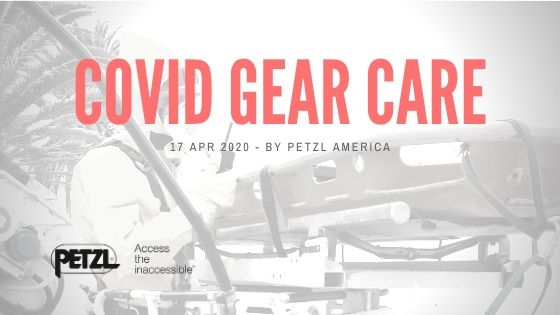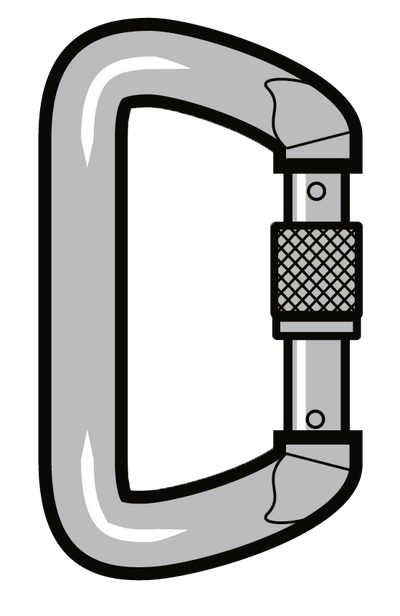Ask a Pro: Why did NFPA switch from Light Use to Technical Use?
As some of you have probably seen, there were some updates to the 2012 edition of NFPA 1983: Standard on Life Safety Rope and Equipment for Emergency Services. One notable adjustment, and the one I'll be discussing here, was the change in terminology from Light Use (L) to Technical Use (T). The NFPA Technical Committee (these are the guys who call the shots) thought about calling it "Rescue Use" but eventually settled on Technical Use instead.
But why did they bother making the switch at all?
Well, it's a good question, and while I don't sit on the Committee, it seems that throughout the development of the 2012 edition, there was general concern that the "Light Use" term was confusing and misleading to practitioners, instructors, and policy makers. Basically the Committee was worried that people were equating "Light Use" with "not-good-enough-for-any-type-of-rescue." So enter "Technical Use!" Because that's exactly it, Light/Technical Use equipment is still perfectly great for rescue purposes...when used properly.
When employing any sort of rescue gear, it is important to know how it works, what its limitations are and how it will be used in the system. For example, if you know the forces that are going to be applied to this one T-rated carabiner are simply one person leaning against it for edge protection and restraint, then you know that the carabiner has the strength to fulfill that duty. Now, take that same carabiner and attempt to use it as the MPA for a basket stretcher along with a litter attendant who has a number of tricky edge transitions, well, that's a whole different game.
The big key to Technical Use equipment is, and always has been, about really understanding the equipment and how/when it is used. And of course backing it all up with great rescue training and skill!
So can Technical Use equipment be a part of your rescue arsenal? Absolutely, so long as it's used by people with the appropriate training and in the appropriate manner.
Stay safe
- The Dynamic Rescue Team
Also in Blog

Check This Out - Freakin' Beacon
The "Freakin' Beacon"
User feedback was the driving force behind this design, Koehler BrightStar tells us, and it was important to have a product that was lightweight, durable and bright.
Weighing in at just 97 grams (yes, that includes 2x AAA batteries) and less than 7cm long, this unit is amazingly powerful for its small size.

RECOMMENDATIONS FOR DISINFECTING YOUR EQUIPMENT - Petzl
During the current COVID-19 crisis, many of you have sent us questions on how to disinfect your equipment. Here are the basics that you need to know.


